The Albany Fire Department (AFD) is not just about fighting fires; it’s a community-focused organization that goes above and beyond to keep residents safe and informed. We recently had the opportunity to hear from Fire Chief Chris LaBelle and Deputy Fire Marshal-Risk Reduction/PIO Sandy Roberts and take a tour of Station 11. It was a great opportuny to learn how the department is committed to more than emergency response—they’re dedicated to prevention, education, and fostering relationships that make the city a safer place to live.
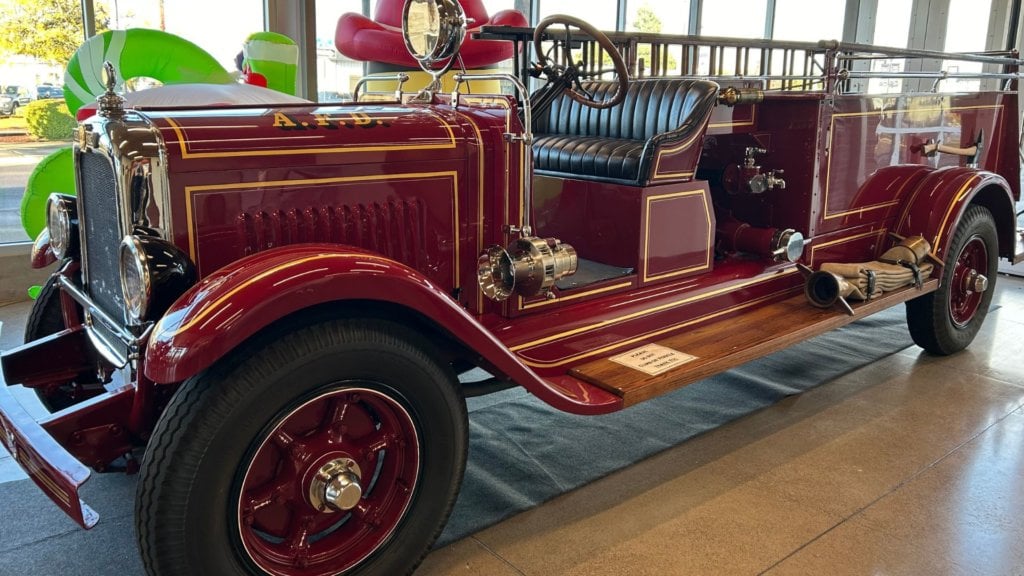
The Albany Fire Department operates out of five stations across Albany and Millersburg, providing fire response services within the city limits, and the immediate surrounding areas are served through the Rural Fire Protection Districts (see map below). Nearby communities like Tangent, Halsey, and Shedd maintain their own fire protection services.
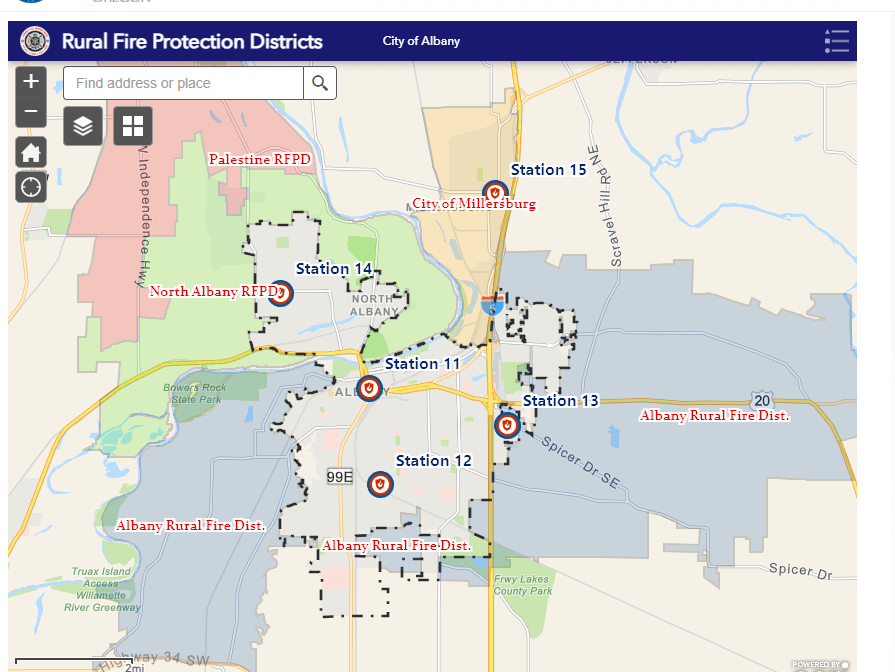
When it comes to ambulance services, however, AFD’s coverage extends much further. The department’s ambulance service area (ASA) spans 205 square miles, covering parts of Interstate 5 and outlying rural areas. This broader coverage ensures that emergency medical services are available not only to Albany residents but also to those in more remote communities, including Tangent, Halsey, and Shedd, which rely on AFD for ambulance transport.
Chief LaBelle highlighted the increasing demand on their ambulance services, largely driven by the area’s aging population and the need for inter-facility transfers between hospitals. To meet this growing demand, AFD has added a peak activity ambulance, staffed from 7 a.m. to 7 p.m., and they are working toward getting it fully operational 24 hours a day. “Our goal right now is to try to get that to a 24-hour ambulance,” said LaBelle.
Training is a critical component of the AFD’s success. In the past, firefighters would have to travel to Polk County or Corvallis to access specialized training facilities, but that’s about to change. “We are getting ready to break ground on a new training facility that would probably be done next summer,” said LaBelle. “This has been a goal for the Albany Fire Department since the late ’70s, and we’re very excited that it’s coming to fruition.”
Once completed, the state-of-the-art facility will allow firefighters to conduct live fire exercises and specialized rescue training right in Albany. This investment in training ensures that the department can stay sharp and prepared for any emergency situation.
While responding to emergencies is a core part of AFD’s mission, preventing them is just as important. “Prevention really is the key to this,” explained LaBelle. “The best emergency is the one that never happened.”
AFD’s public education programs begin with the youngest members of the community, starting at the preschool level with the “Firefighter Friendly” program. “We start at a very young age getting kids comfortable with firefighters,” said Roberts. “In an emergency, we have just a split second to make that contact and have that child feel safe with us.” As children grow, they receive age-appropriate lessons about fire safety, emergency plans, and how to call 911. By the time they reach high school, students are trained in CPR—an initiative funded by the Albany Safety Foundation.
The focus on prevention doesn’t stop at schools. AFD also offers injury prevention classes to fifth graders and participates in community career fairs to educate older students about careers in emergency services.
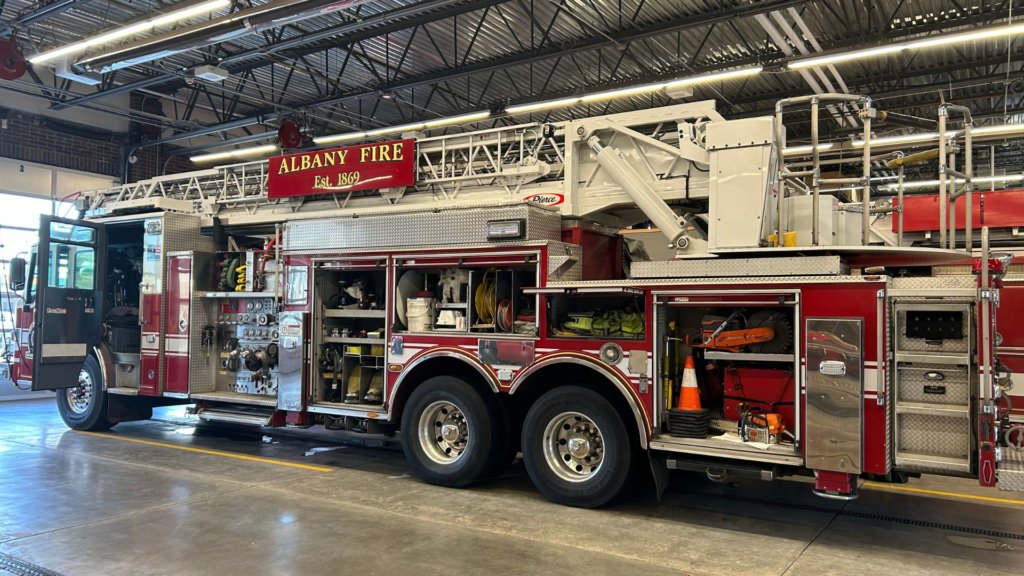
One of AFD’s most recent initiatives is their Heart Screening Program, which they run in partnership with a Texas-based nonprofit. This program offers free heart screenings to local students, helping to detect serious heart conditions that might otherwise go unnoticed in routine sports physicals. “In our first year, we had four children recommended to see a cardiologist,” said Roberts. “Last year, we had a child who needed to have major heart surgery, and that child plays soccer today at one of our high schools. Really Amazing!”
Another vital service is AFD’s Car Seat Program. Car seats are a critical safety device, but they’re often installed incorrectly. For Albany families, AFD’s certified technicians provide one-on-one appointments to ensure that car seats are installed correctly. They also have a program that makes car seats available at a discount to families in need, ensuring that cost is not a barrier to safety.
AFD also provides home safety items like smoke detectors, carbon monoxide detectors, and even lock boxes for families dealing with crisis situations. They install these items for free to those who can’t do it themselves. “We offer lock boxes in the community,” said Roberts. “It might be for locking up medicine, fire tools, or knives, helping families remove risks from their home.”
One initiative aimed at improving response times and ensuring safety is their Key Box Program. “Our second highest call is for falls,” explained Sandy Roberts, “and so being able to get to somebody quickly, this key box gives us that tool.”
The program works by installing a secure lock box on the outside of the home, which stores a key to the residence. “Every single one of our apparatus has a lock box that contains the house key,” Roberts said. “When we receive a 911 call, dispatch lets us know that the house has a key box. By the time we arrive, we’ve already retrieved the key and can enter the home quickly to assist the patient.”
This program helps reduce the time it takes for first responders to enter a home and provide care, potentially making a life-saving difference in emergency situations. The Albany Fire Department also extends their support to community members by providing grab bars, smoke detectors, and carbon monoxide detectors for those who are unable to purchase or install these safety devices on their own. These efforts are part of the department’s broader mission to enhance safety and accessibility, particularly for vulnerable residents.
In addition, the department offers free life jackets at all fire stations and has installed two life vest kiosks along the waterfront, making water safety accessible to everyone.
AFD is deeply rooted in the community, with outreach programs and events designed to connect with residents in non-emergency settings. Whether it’s station tours, safety presentations for local groups, or partnerships with schools, AFD is always looking for ways to engage. “This is your fire station,” said LaBelle, “Our doors are always open.”
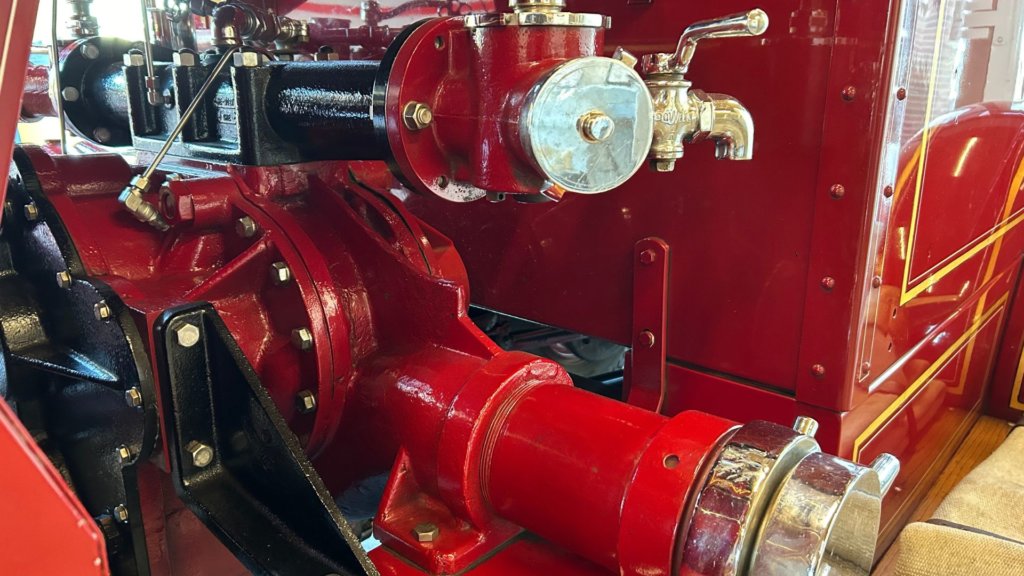
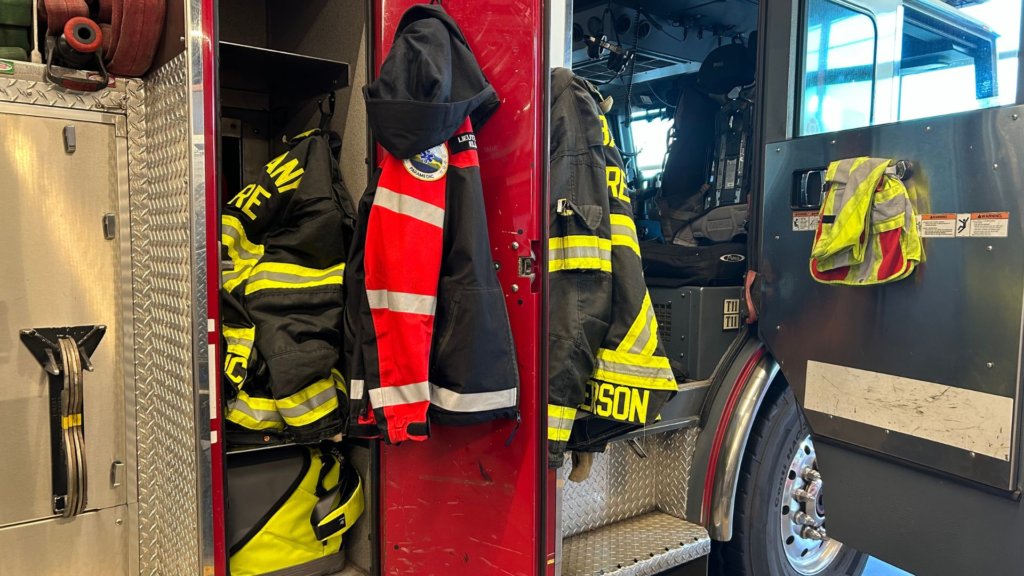
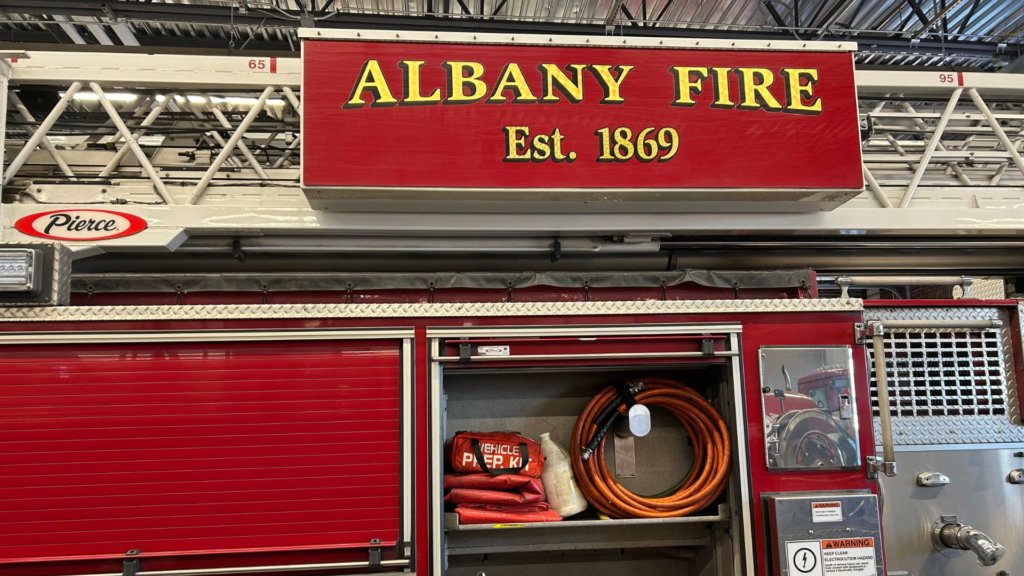
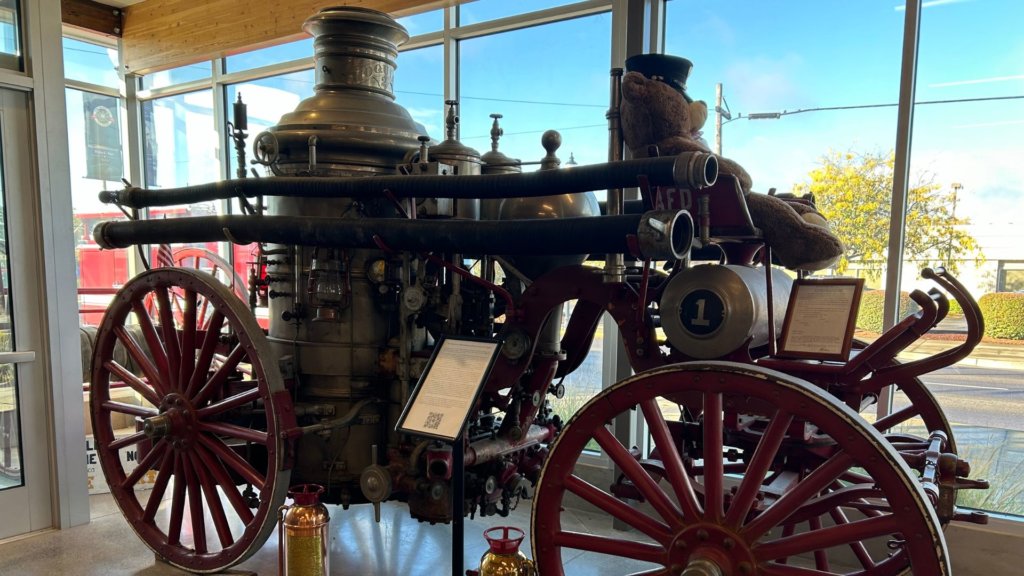
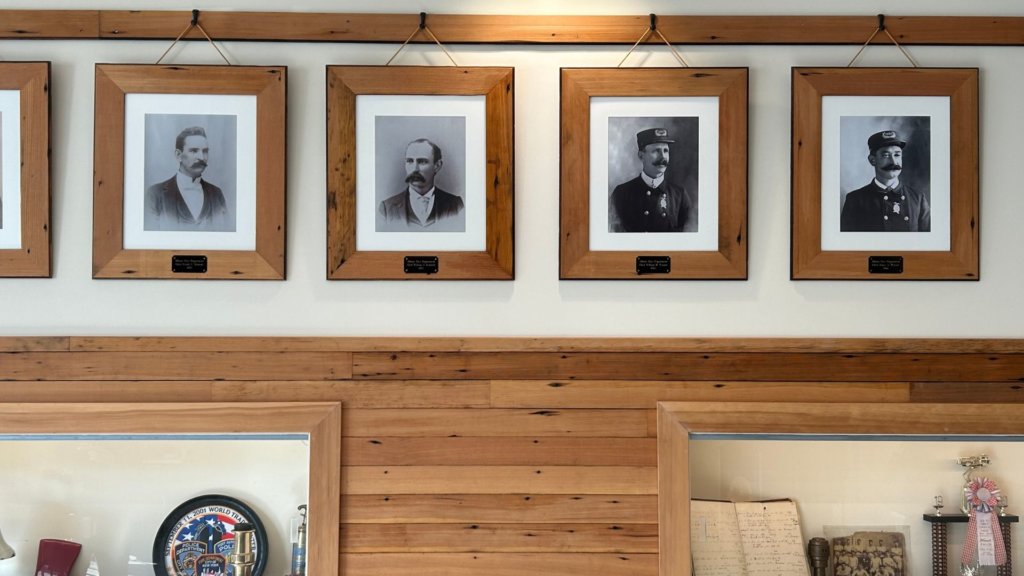
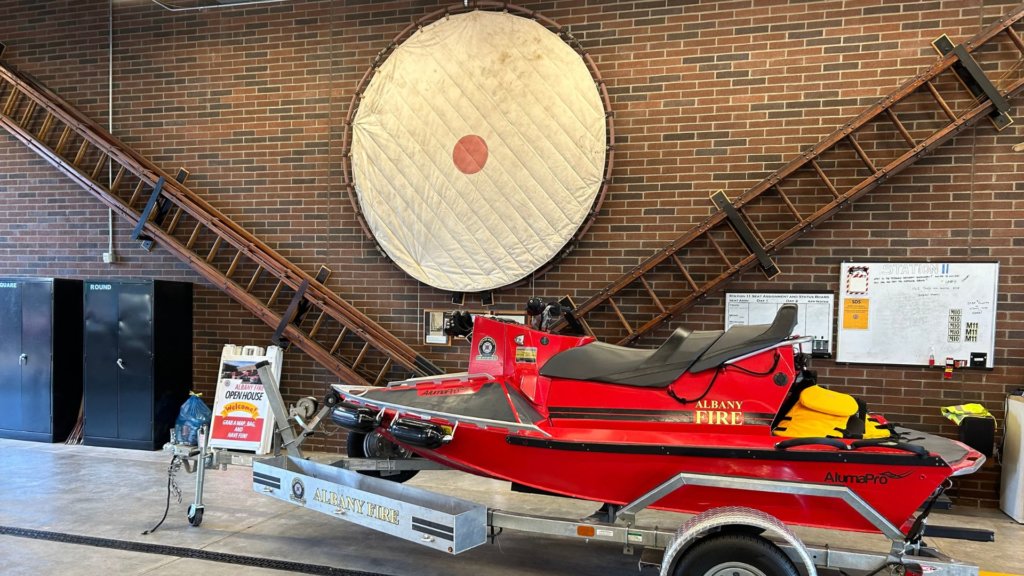
One of the department’s annual traditions is their toy drive, where firefighters collect toys for children in need during the holiday season. They also participate in September 11th remembrance events and offer fire extinguisher training to local organizations.
AFD is also committed to helping families in immediate need through their AFFCAF (Albany FireFighters Community Assistance Fund) program, which provides financial assistance for groceries, medication, or temporary shelter to those affected by fires or other emergencies. “We carry money on all of our apparatus to help families if they have a fire, if their car breaks down, or if they need groceries or medicine,” said LaBelle. “We’ve empowered all of our employees to look for opportunities to help somebody out whatever way possible.”
Like many fire departments across the country, AFD faces challenges related to staffing and resources. The COVID-19 pandemic significantly impacted the recruitment of paramedics, creating a shortage across the state. While class sizes are now starting to recover, maintaining adequate staffing levels remains a top priority for the department as Albany continues to grow.
Despite these challenges, AFD remains a model of community-focused service. “It takes amazing people to do that,” said LaBelle. “And we have some of the best people in the world working for your fire department.”
With continued support from the community, innovative programs, and a strong commitment to training, the Albany Fire Department is poised to meet whatever challenges the future holds. Their dedication to safety, prevention, and outreach ensures that Albany residents can rely on their fire department—not just in emergencies, but as a vital part of the community.
##



